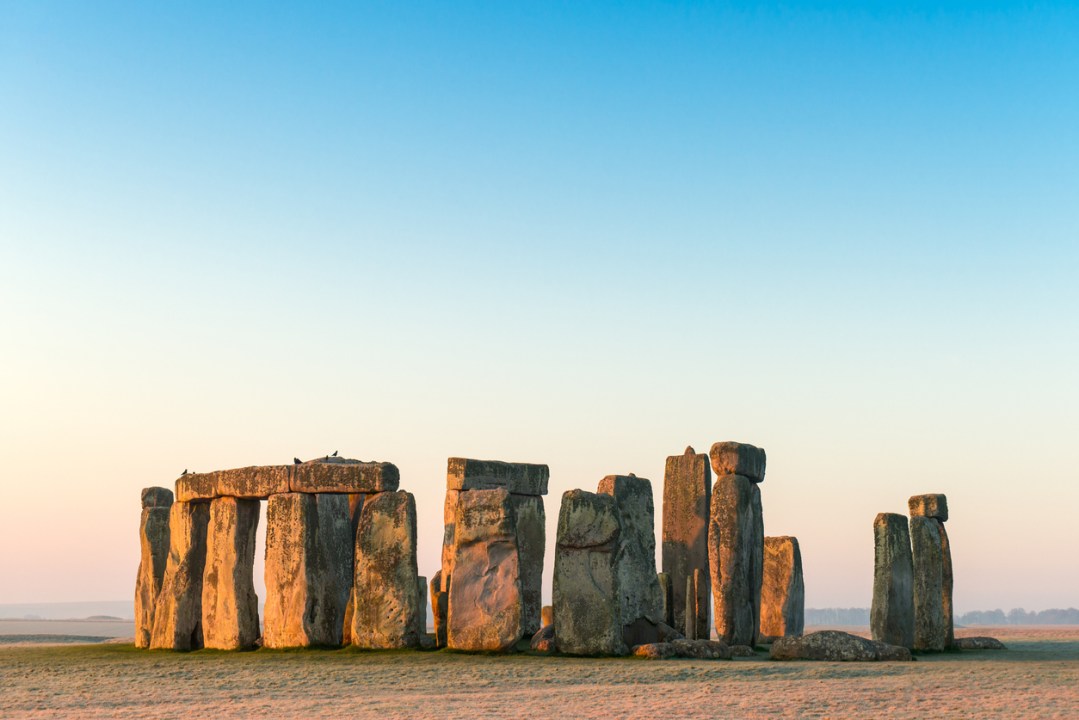I’ve had a keen interest in Stonehenge since I directed my first excavation there more than 40 years ago. A personal highlight was identifying a skeleton in London’s Natural History Museum, which archaeologists thought had been destroyed in the Blitz, and which turned out to be the remains of an Anglo-Saxon man beheaded beside the stone circle. Claims are made weekly, it seems, for some new insight into Stonehenge’s meaning, history or construction – and not all of them are mad. But I cannot remember an occasion when a single discovery changed the way I think about Stonehenge as much as the one announced this week.
I cannot remember an occasion when a single discovery changed the way I think about Stonehenge as much as the one announced this week.
A Nature study has found that Stonehenge’s Altar Stone was quarried in the far north-east of Scotland. Which means – depending on the route – it was carried as far as 800 miles before it was finally laid in Salisbury plain.

Britain’s best politics newsletters
You get two free articles each week when you sign up to The Spectator’s emails.
Already a subscriber? Log in







Comments
Join the debate, free for a month
Be part of the conversation with other Spectator readers by getting your first month free.
UNLOCK ACCESS Try a month freeAlready a subscriber? Log in